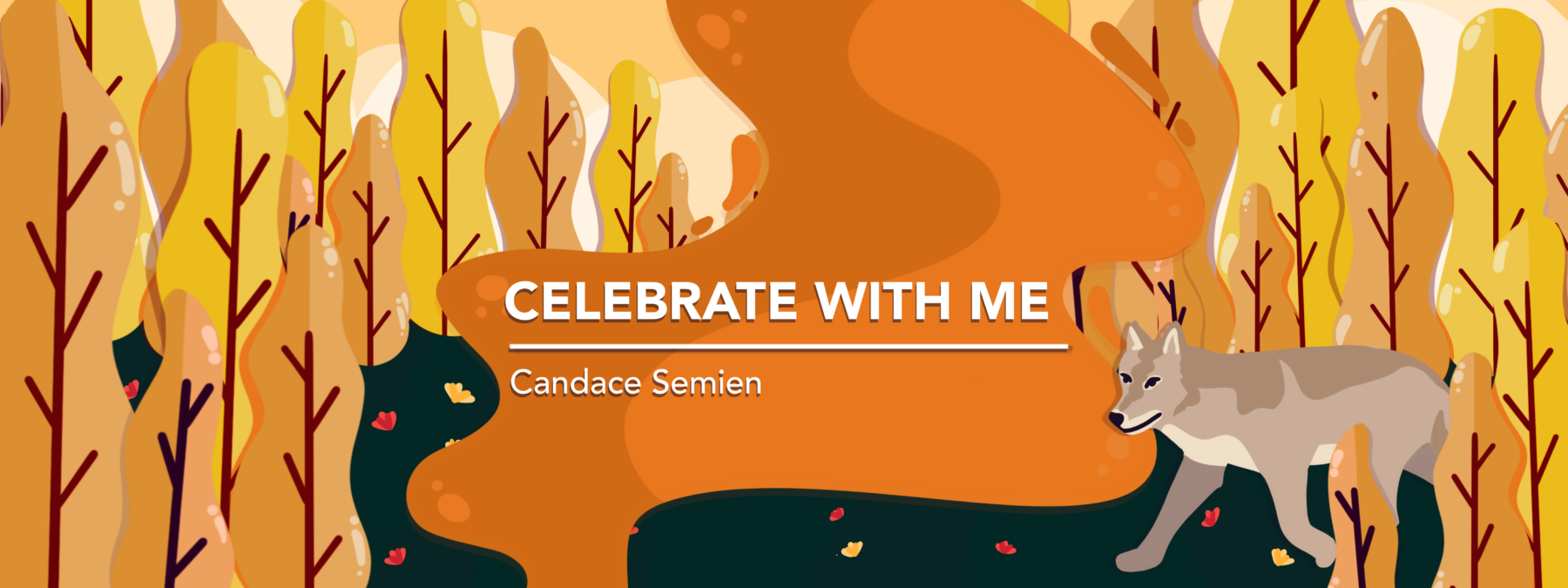In a crisis, I follow the advice from my Lupus Training 101
How keeping an even keel after an accident helped prevent a pain flare
Written by |

“You know, lupus thrives in extremes,” a rheumatologist told me. His tone was bland and matter-of-fact.
“No, I don’t know much about lupus besides its misery,” I responded.
“For one thing, your body will see elation and stress with the same intensity, and that may trigger flares. So try as much as possible to live on this even keel.” He never made eye contact, and I remember having no response.
His admonition was among the first I’d received after my official lupus diagnosis. Another one was years before, when my primary care physician refused to confirm that diagnosis. “We don’t want to name it lupus because once you have it, all your medical care changes,” she said woefully.
Neither of their warnings was helpful until flares caused me to be hospitalized. In fact, I didn’t think of them until crises came.
Recently, for example, I was on a morning walk when a neighbor’s pit bull terrier charged toward me. I stopped walking, knowing I had neither the speed to outrun her nor the swing to outfight her. Instead, I commanded, “Stop! Go back! No!”
When she was 2 or 3 feet away, I stepped backward and fell onto the sidewalk. She stopped.
Sharp pains ricocheted through my hips and ripped through the bones of my spine. I immediately felt shattered. The only things I could do were breathe, moan, and try to get out of the street. I managed to roll onto the grass, and my eyes found those of the pit bull. I yelled, “Go home!” She turned and walked away.
While I waited for an ambulance, I remembered both doctors’ warnings: First, “Lupus will affect your medical care”; then, “Don’t let intense elation or brazen misery trigger a flare. Keep an even keel.” I had to steady myself while being clawed by pain to prepare to demand specific lupus treatment.
Relying on advice to advocate for myself
“I fell hard. I have lupus and [the blood disorder] thalassemia,” I told the emergency medical technician before her team tried to move me, and I repeated it several times in the emergency room.
Keeping a somewhat even keel gave me the fortitude to insist that every decision about my back also factored in care for my lupus. For two days, I layered reason on reason and told every doctor, nurse, certified nursing assistant, and tech why it was important to calm the pain quickly and prevent a flare. “Lupus will keep me stuck here for a month if we don’t,” I said. I requested enough medicine — more than the amount I took daily at home — to take the edge off the pain. I reached out to my specialists and asked for support so I could return quickly to my regimen.
All that help was needed to prevent a flare because my backbone, made brittle by prednisone, had fractured in two places, requiring surgery.
The next day, the hospital’s staff members gave me that help. They adjusted most of my care and added lupus treatments, which I believe mitigated the threat of a flare and longer hospitalization.
On my third day in the hospital, I recounted the moments before my fall to my father. The pit bull then seemed to trot in slow motion toward me, and her muzzle was more soft than vicious. I realized she could’ve mauled me (duh, right?), but she didn’t even try. She obediently turned around, trotted to her driveway, and sat.
That realization changed my appreciation for my recovery process. Yes, I was in pain. Yes, I’d be down for weeks. Yes, I could still have a lupus flare when I returned home. Yet all those truths were chased back with a resounding, “Yes, that pit bull could have killed me, but for some miraculous reason, she didn’t.”
Anyone who experienced that scenario could boast of the same realization. However, we who live on the chronic illness spectrum must add celebration to our boast because we understand — or should understand — the invisible and debilitating wolf threat that physical trauma can release.
My hospitalization went from a typical four-hour post-op stay to four days that included physical therapy. Lupus had complicated what could’ve otherwise been a simple surgery.
I’ve lived years with unwanted, guiding messages, such as “Don’t let elation or emotional pain trigger a flare. Don’t let negative thoughts, neglect, too much movement, not enough movement, sunlight, sorrow, mold, supplements, weather changes, etc. trigger a flare. Everything about your life has changed, but try to live fully.”
Wanted or not, these messages prepared me to keep an even keel, speak up, and ask frequently for — i.e., demand — specialized care so that I could celebrate through this recovery journey.
Now I’m doing that. Won’t you celebrate with me?
Note: Lupus News Today is strictly a news and information website about the disease. It does not provide medical advice, diagnosis, or treatment. This content is not intended to be a substitute for professional medical advice, diagnosis, or treatment. Always seek the advice of your physician or other qualified health provider with any questions you may have regarding a medical condition. Never disregard professional medical advice or delay in seeking it because of something you have read on this website. The opinions expressed in this column are not those of Lupus News Today or its parent company, Bionews, and are intended to spark discussion about issues pertaining to lupus.






Leave a comment
Fill in the required fields to post. Your email address will not be published.